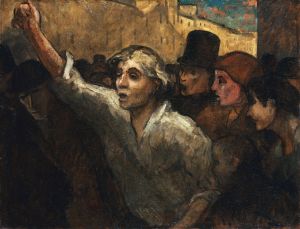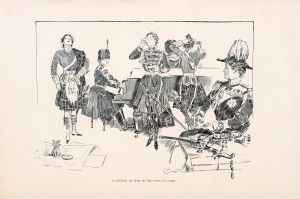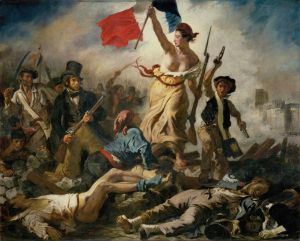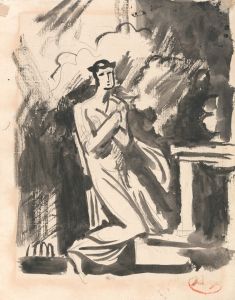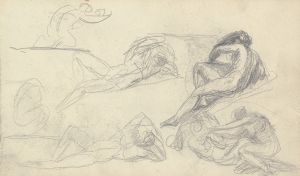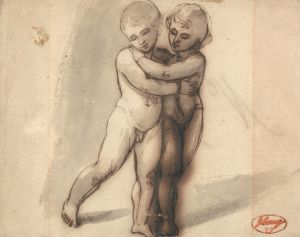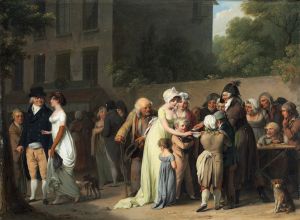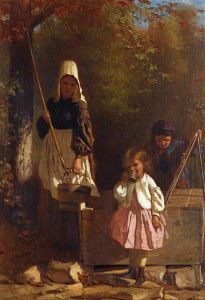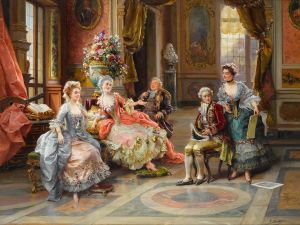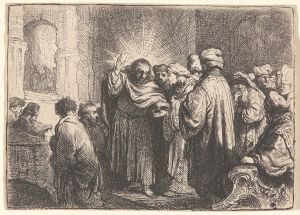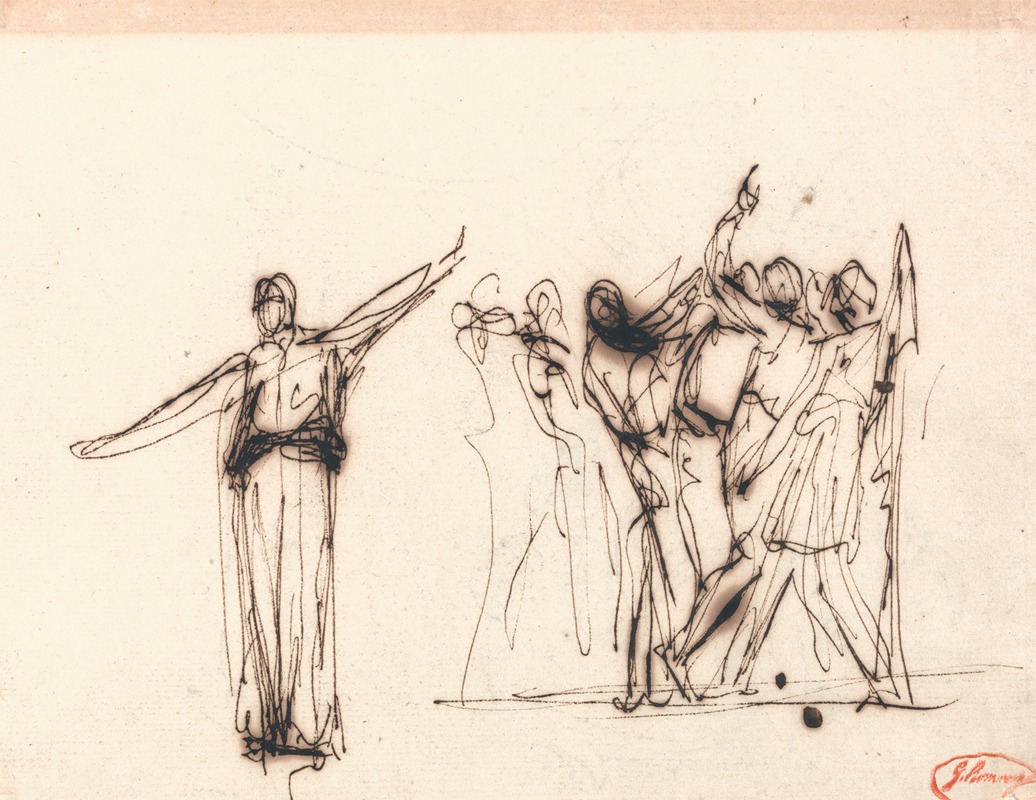
Crowd before a Prophetess
A hand-painted replica of George Romney’s masterpiece Crowd before a Prophetess, meticulously crafted by professional artists to capture the true essence of the original. Each piece is created with museum-quality canvas and rare mineral pigments, carefully painted by experienced artists with delicate brushstrokes and rich, layered colors to perfectly recreate the texture of the original artwork. Unlike machine-printed reproductions, this hand-painted version brings the painting to life, infused with the artist’s emotions and skill in every stroke. Whether for personal collection or home decoration, it instantly elevates the artistic atmosphere of any space.
George Romney's painting Crowd before a Prophetess is a work by the renowned British portrait and historical painter, George Romney (1734–1802). Romney was one of the leading artists of his time, celebrated for his portraits of prominent figures in 18th-century Britain, as well as his imaginative and dramatic historical and literary subjects.
The painting Crowd before a Prophetess is believed to depict a scene of collective anticipation or revelation, centered around a prophetess. The composition reflects Romney's interest in dramatic storytelling and his ability to convey emotion and movement through his figures. The work showcases his skill in creating dynamic group scenes, a departure from his more commonly known individual portraits. The figures in the painting are arranged in a way that emphasizes the tension and energy of the moment, with the prophetess likely serving as the focal point of the scene.
Romney was heavily influenced by classical themes and literature, and many of his works draw inspiration from ancient mythology, biblical stories, and historical events. While the exact source or narrative inspiration for Crowd before a Prophetess is not definitively documented, the painting aligns with Romney's broader interest in exploring themes of prophecy, fate, and human emotion.
The painting is notable for its use of light and shadow, which Romney employed to heighten the dramatic effect and guide the viewer's eye through the composition. His technique demonstrates his mastery of chiaroscuro, a hallmark of his historical and literary works.
As with many of Romney's works, Crowd before a Prophetess reflects the artistic trends of the late 18th century, when there was a renewed interest in classical antiquity and the sublime. This period saw artists exploring themes that evoked awe, wonder, and emotional intensity, often drawing from ancient texts and traditions.
The current location of Crowd before a Prophetess is not widely documented, and it is not among Romney's most frequently discussed or exhibited works. However, it remains an example of his ambition to create art that transcended portraiture and engaged with broader, universal themes.
This painting is part of Romney's legacy as an artist who sought to balance commercial success with his passion for imaginative and historical subjects. While his portraits brought him fame and financial stability, works like Crowd before a Prophetess highlight his dedication to exploring complex narratives and his ability to capture the human experience in a compelling and evocative manner.





